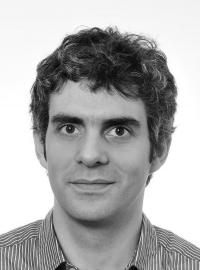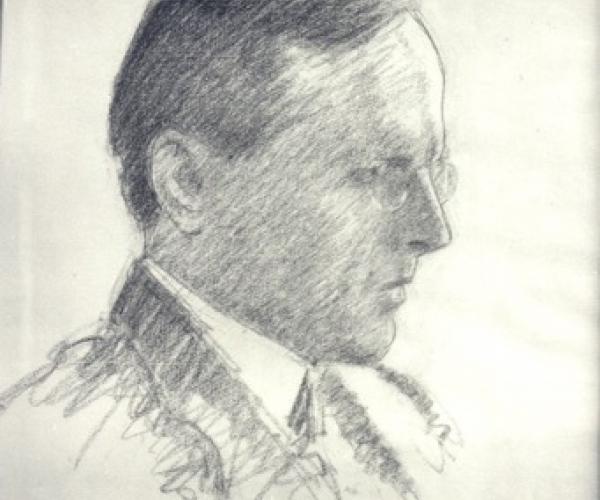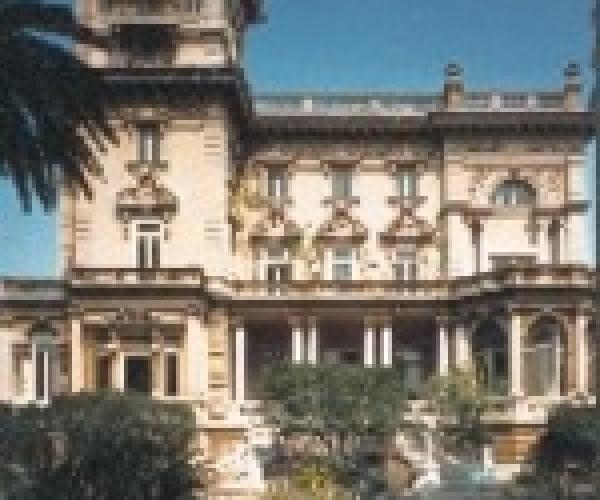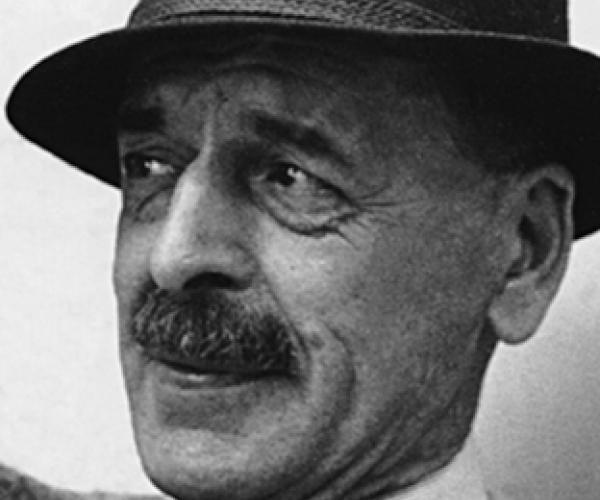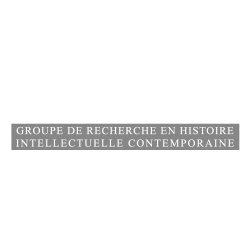Rousseau made in Switzerland
Quite often, Rousseau was instrumentalised, reinvented and “helvetised” by Switzerland’s cultural diplomacy; he was used to reinforce the image of an alpine, sheltered Switzerland, land of the free, land of pedagogues. The philosopher’s many facets were put to use for the export of a positive image of the country.
Rousseau lends himself particularly well to the variations of the “Swiss theme”. He claimed certain “Swissness” for himself, a position at the margins, a low profile - in spite of having established his place in the philosophical debates of the European Enlightenment. Sometimes he praised an idealised Swiss political system, the smallness of its political structure of cantons, the proximity of those governing to those governed. His descriptions of the Swiss landscape, such as of Clarens in his “Nouvelle Héloïse”, a best-seller of the 18th century, might well be considered an export of positive images. In short, whether as a poet, pedagogue, musician or philosopher, Rousseau as a figure was well adaptable to a variety of target audiences.
After World War II, three consecutive phases in the export of Rousseau in the service of Swiss cultural diplomacy can be discerned:
After the war, Rousseau easily matched the image of an idyllic Switzerland. He served to demonstrate that Switzerland had dealt with freedom and education for several hundred years. And was it not the cradle of pedagogy since Rousseau and Pestalozzi?
The Swiss Tourist Board proclaimed 1962 the “Year of J.J. Rousseau. Year of the return to nature. Year of Switzerland”. It was a turning point which combined “two Rousseaus”: the well “helvetised” one and the new one, more universal and more independent of Swiss landscapes. At the initiative of François Jost (1918 – 2001), the organising committee of the festivities consisted of the Swiss Tourist Board, Pro Helvetia, and the Tourist Office Biel, which took the opportunity to promote l’Ile St.-Pierre, where Rousseau had liked to take his walks.
Faithful pupil of Gonzague de Reynold, François Jost wrote his study following the footsteps of an entirely Swiss Rousseau: “The fundamental traits of Rousseau’s character correspond with the national character of Switzerland”. Switzerland is meant to be portrayed as a pioneer in its high regard of nature, but the main intention was to highlight its touristic attractions, as a directive of the committee for the 250 year anniversary recalls: “It was with Rousseau that our mountains, up to now considered mere pustules on the face of our planet, have reclaimed the beauty we were always aware of, and it is since Rousseau that Switzerland has become a holiday paradise.”
Some rifts began to emerge, and the intended message ceased to be unanimous. To the editor Marcel Joray, who had published one of François Jost’s pamphlets for the occasion, entitled “Notre Rousseau”, the director of Pro Helvetia wrote: “Pro Helvetia could not be associated with a publication under a title, which risks making us look foolish in the eyes of a foreign public. [...] We must at all costs avoid monopolising Rousseau during this “Year of Rousseau”. We could easily be accused of wanting to turn this writer into a “historical Swiss monument”.
Would Pro Helvetia really mark their distance to an image of Switzerland, politically correct and perfect for the tourism industry? In any case, its example was followed by film director Claude Goretta in “Jean-Jacques Rousseau ou l’énergie des rêves”, as well as by literary critic Jean Starobinski, whose “La transparence et l’obstacle” contrasted sharply with François Jost’s “Jean-Jacques Rousseau suisse”.
Henceforth, official institutions supported contradictory representations, some closely linked to Switzerland, and some more detached, as for example the ironic portrayal of the philosopher at the Hemisfair exhibition in San Antonio (1968). The installation in the Swiss pavilion displayed a metal bird, gliding high across the room attached to a cable, its guide William Tell, equipped with a pair of binoculars, its cargo a basket, which it clutched in its claws, transporting Jean-Jaques Rousseau: an image of progressive Switzerland on the go, while taking its certain, traditional values along. This kind of Rousseauist polyphony seems to persist until today.
Archives :
AFS, E9510.6 1991/51/429.
Bibliography :
Kadelbach Thomas, « Swiss made – Pro Helvetia et l’image de la Suisse à l’étranger », in : Claude Hauser, Bruno Seger et Jakob Tanner, Entre culture et politique : Pro Helvetia de 1939 à 2009, Zurich/Genève, NZZ Verlag/Slatkine, 2010.
Jost François, Jean-Jacques Rousseau suisse, Fribourg, Ed. universitaires, 1961.
Meizoz Jérôme, Le gueux philosophe, Lausanne, Antipodes, 2003.
Starobinski Jean, Jean-Jacques Rousseau : la transparence et l’obstacle, Paris, Plon, 1958.

